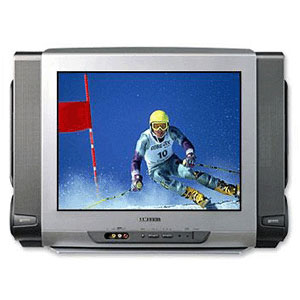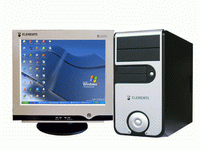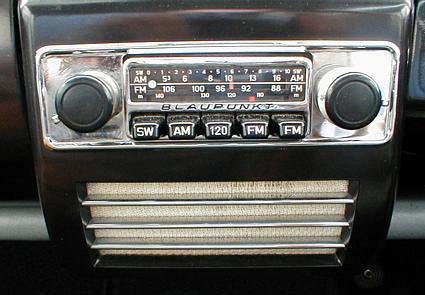Login form
Science
The Sun

The Sun is very important to you. You play in sunshine. You see in daylight. The Sun keeps you warm. Even ancient people knew the Sun was very important. They thought the Sun was a god. The ancient Greeks thought the Sun god drove a chariot across the sky every day. The ancient Egyptians thought the Sun god sailed a boat across the sky. Today we know that the Sun is a star. The Sun is the star at the center of our solar system. Earth and all the other planets orbit, or go around, the Sun. The Sun is very important to all life on Earth.
THE SUN IS A STAR
The Sun is a star—a ball of hot, glowing gas. It does not have any solid parts. It is made up mostly of hydrogen gas and helium gas.
Flowers
 Flower, reproductive organ of most seed-bearing plants. Flowers carry out the multiple roles of sexual reproduction, seed development, and fruit production. Many plants produce highly visible flowers that have a distinctive size, color, or fragrance. Almost everyone is familiar with beautiful flowers such as the blossoms of roses, orchids, and tulips. But many plants—including oaks, beeches, maples, and grasses—have small, green or gray flowers that typically go unnoticed
Flower, reproductive organ of most seed-bearing plants. Flowers carry out the multiple roles of sexual reproduction, seed development, and fruit production. Many plants produce highly visible flowers that have a distinctive size, color, or fragrance. Almost everyone is familiar with beautiful flowers such as the blossoms of roses, orchids, and tulips. But many plants—including oaks, beeches, maples, and grasses—have small, green or gray flowers that typically go unnoticed
Whether eye-catching or inconspicuous, all flowers produce the male or female sex cells required for sexual reproduction.
Television
 Television, system of sending and receiving pictures and sound by means of electronic signals transmitted through wires and optical fibers or by electromagnetic radiation. These signals are usually broadcast from a central source, a television station, to reception devices such as television sets in homes or relay stations such as those used by cable television service providers.
Television, system of sending and receiving pictures and sound by means of electronic signals transmitted through wires and optical fibers or by electromagnetic radiation. These signals are usually broadcast from a central source, a television station, to reception devices such as television sets in homes or relay stations such as those used by cable television service providers.
Television is the most widespread form of communication in the world. Though most people will never meet the leader of a country, travel to the moon, or participate in a war, they can observe these experiences through the images on their television.
Computer
 Computer, machine that performs tasks, such as calculations or electronic communication, under the control of a set of instructions called a program. Programs usually reside within the computer and are retrieved and processed by the computer’s electronics. The program results are stored or routed to output devices, such as video display monitors or printers. Computers perform a wide variety of activities reliably, accurately, and quickly.
Computer, machine that performs tasks, such as calculations or electronic communication, under the control of a set of instructions called a program. Programs usually reside within the computer and are retrieved and processed by the computer’s electronics. The program results are stored or routed to output devices, such as video display monitors or printers. Computers perform a wide variety of activities reliably, accurately, and quickly.
Beginnings
The history of computing began with an analog machine. In 1623 German scientist Wilhelm Schikard invented a machine that used 11 complete and 6 incomplete sprocketed wheels that could add, and with the aid of logarithm tables, multiply and divide.
Radio

Radio, system of communication employing electromagnetic waves propagated through space. Because of their varying characteristics, radio waves of different lengths are employed for different purposes and are usually identified by their frequency. The shortest waves have the highest frequency, or number of cycles per second; the longest waves have the lowest frequency, or fewest cycles per second.
In honor of the German radio pioneer Heinrich Hertz, his name has been given to the cycle per second (hertz, Hz); 1 kilohertz (kHz) is 1000 cycles per sec, 1 megahertz (MHz) is 1 million cycles per sec, and 1 gigahertz (GHz) is 1 billion cycles per sec.
